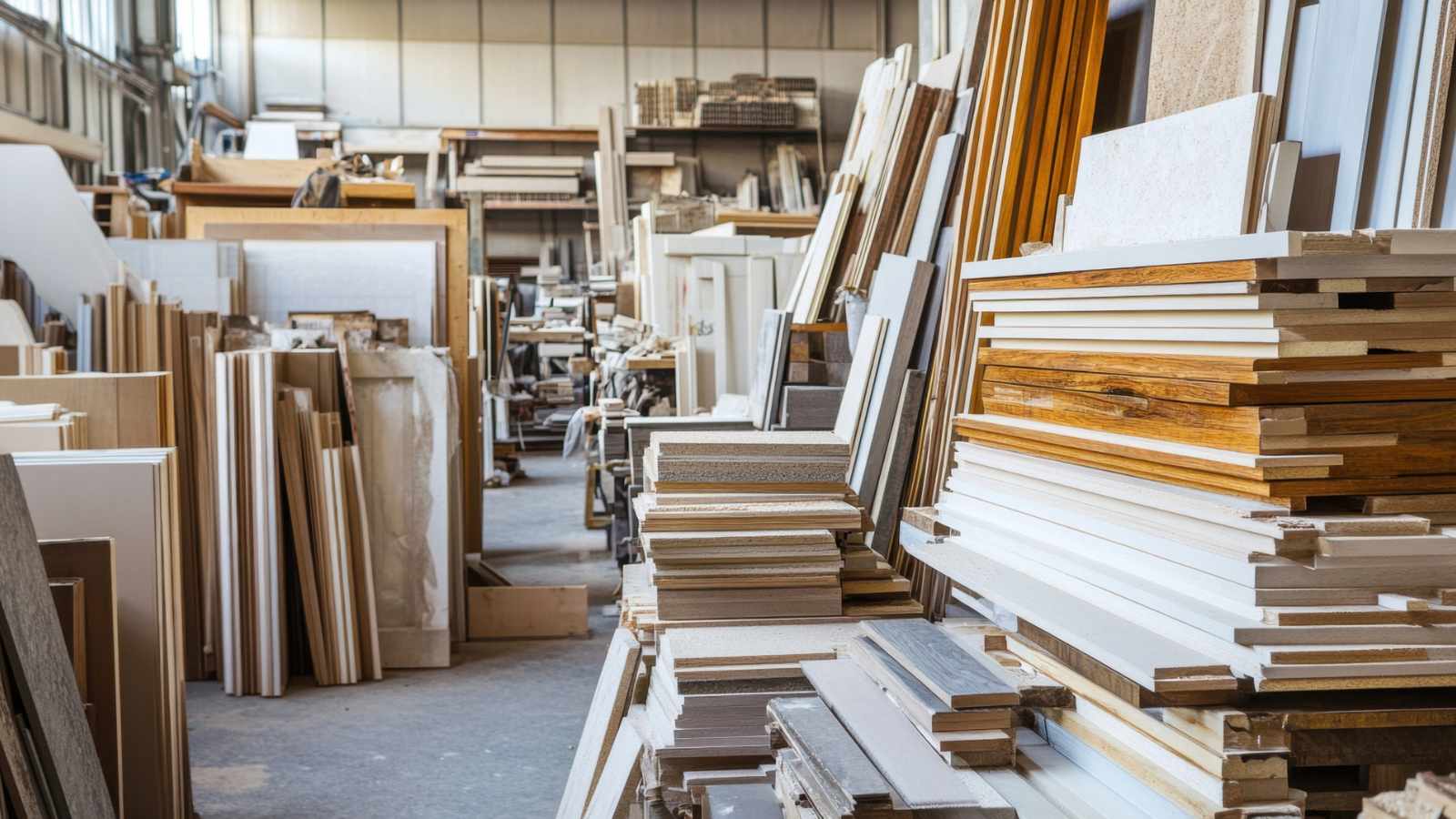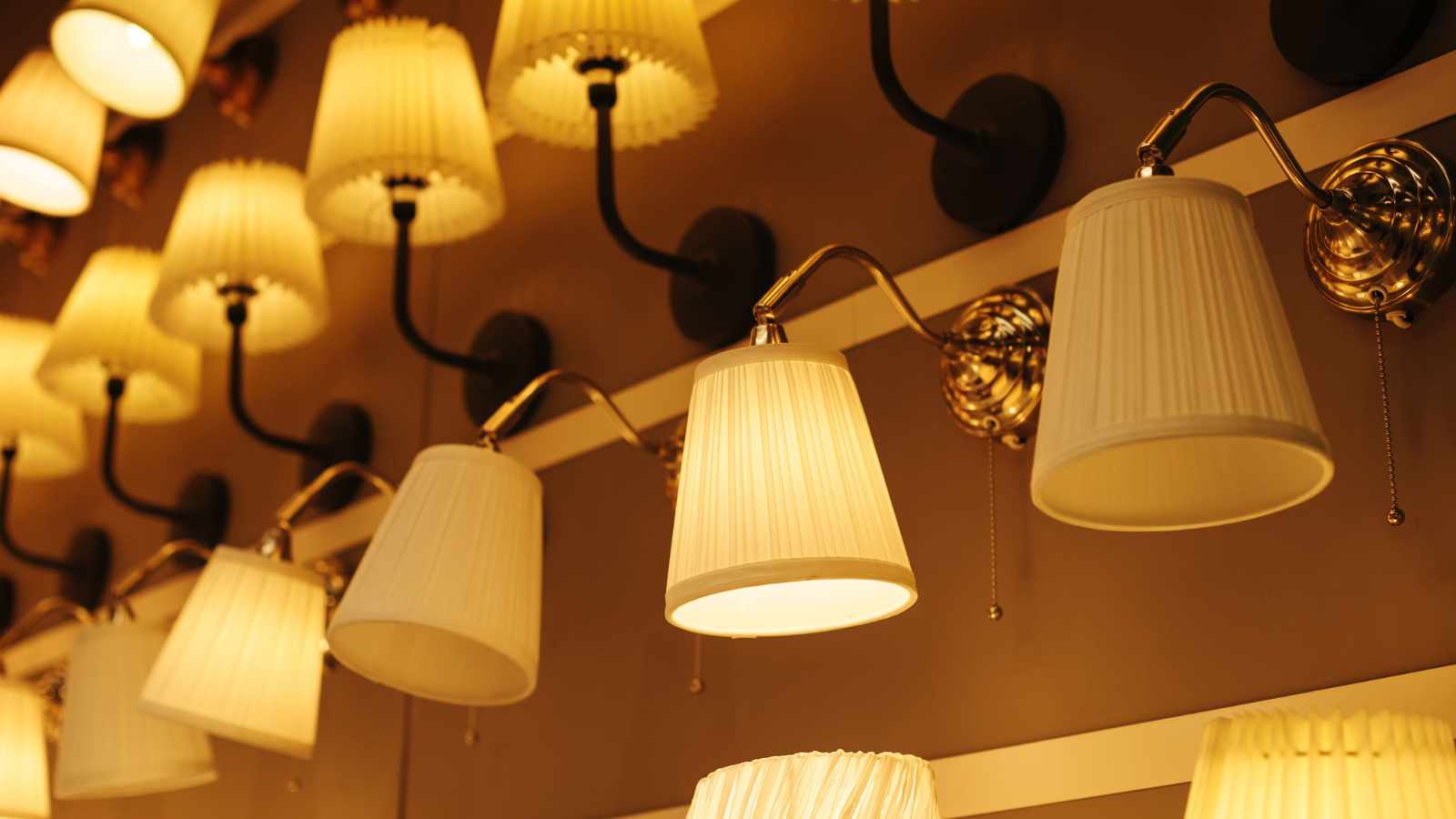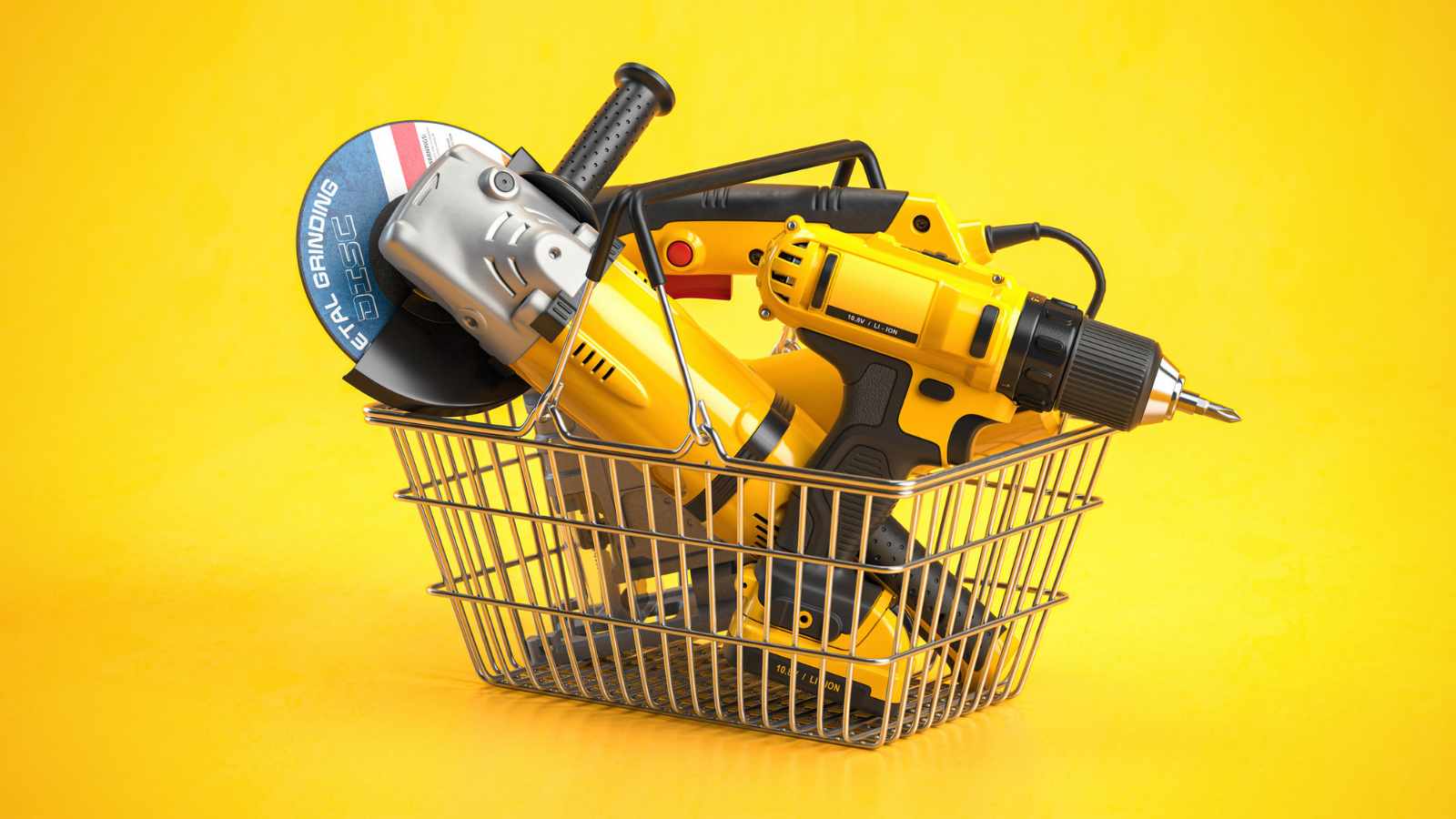Things You Shouldn’t Buy at the Home Improvement Store

“Not all bargains are created equal.” In 2024, home improvement costs rose 3.4%, outpacing general inflation. For homeowners, that means every purchase at your local home improvement store could be costing more than it seems.
Rising material prices, supply chain issues, and shifting consumer habits make it more important than ever to be selective about what you buy from these big-box retailers. Some products that look like a good deal might actually lead to poor quality, wasted money, or costly repairs down the road.
Here’s a list of things you should think twice about before buying from the home improvement store
The Door and Window Dilemma (A Poor Fit for Older Homes)
Mass-produced doors and windows are an obvious choice for homeowners seeking to update their home on a budget. But if you live in an older property, these “one-size-fits-all” solutions might cause more trouble than they’re worth.
Wes True, General Manager at Pella Windows & Doors, warns that few homes have standard-sized doors and windows, especially older homes. Inconsistent sizing can lead to gaps, drafts, and higher energy bills, issues that are more costly to fix than buying custom options upfront.
For instance, a homeowner installing ready-made windows in a 1920s home might find that the new units don’t fit properly, leading to drafts and inefficiency. While custom windows are a bit pricier, they’re built to last and save on future repair costs.
Bulk Lumber and Low-Quality Flooring: Temporary Solutions, Long-Term Costs

Lumber and flooring might seem like a great deal when you find them on sale in bulk at a big-box store, but they often come with hidden costs. Cheap lumber can warp or become damaged quickly, especially in areas with high humidity or fluctuating temperatures. The same goes for low-priced flooring, which may not hold up over time, causing you to spend more money replacing it sooner than expected.
Imagine buying inexpensive hardwood flooring for your kitchen, only to have it start buckling and cracking a few months later. By opting for higher-quality materials, you can avoid the headache of frequent repairs and replacements.
Pre-Mixed Paint: The Hidden Costs of Convenience
When it comes to painting, pre-mixed paints from home improvement stores may seem like an easy, time-saving option. However, store-mixed paints often fail to deliver consistent results. Mismatched colors and uneven coverage can result in a subpar finish, costing you more time and money to fix.
For example, a homeowner paints their living room with pre-mixed paint, only to realize that the shade looks different once it’s dried on the walls. You can avoid this issue by investing in higher-quality paints or by using professional mixing services that ensure consistency.
Fixtures That Don’t Last: The Problem with Mass-Produced Plumbing, Lighting, and Cabinets

Plumbing fixtures, lighting, and cabinetry from big-box stores are often mass-produced, which means they lack the durability and craftsmanship of products from specialty suppliers. Gregg Cantor, President & CEO of Murray Lampert Design, Build, Remodel, emphasizes that fixtures from Home Depot and similar retailers don’t compare to those purchased from wholesale suppliers.
Imagine installing a brand-new faucet, only for it to leak after a few months. That’s a frustrating and costly scenario that can be easily avoided by choosing high-quality, durable products from trusted sources.
Plants and Seeds: Why Local Nurseries Are a Better Bet
If you’re into gardening, you might be tempted to pick up plants, flowers, and seeds from your local home improvement store. However, these items are often mass-produced and don’t always thrive as well as those sourced from local nurseries. Plants from big-box stores can be less healthy and may not be suited to your region’s climate, leading to poor growth and disappointing gardens.
Imagine you buy seedlings for your vegetable garden from a home improvement store, but they struggle to grow or don’t flourish as expected. Local nurseries offer healthier, regionally-appropriate plants that will give you a much better return on your investment.
Power Tools and Hand Tools

While cheap power and hand tools may seem like a steal, they often fall short in performance and longevity. Low-quality tools can break or wear out quickly, leading to frustration during DIY projects and even potential safety risks. Cheap tools also need to be replaced more frequently, which adds up over time.
Imagine getting halfway through a home improvement project when your power drill breaks down. The time and money spent fixing or replacing cheap tools could have been better used investing in high-quality equipment that will last for years.
Major Appliances
Home improvement stores offer a wide selection of major appliances, but they often come with hefty markups and unreliable warranties. Many appliances from these retailers have variable quality, and if they break down, returns or repairs can be a hassle. Major appliances require careful consideration, as a faulty fridge or washing machine can lead to costly repairs or, worse, an earlier-than-expected replacement.
For instance, you purchase a washing machine from a home improvement store, but it malfunctions within six months. When you try to return it, you discover the warranty doesn’t cover the issue, leaving you stuck with a broken appliance.
Key Takeaways

Making informed purchasing decisions is crucial. While big-box stores like Home Depot and Lowe’s offer convenience and affordability, some products aren’t worth the price. Ill-fitting doors and windows, flooring that doesn’t last, and appliances that fail too soon, all these issues highlight why choosing quality over convenience is the smarter choice in the long run.
As home improvement costs continue to rise, it’s important to focus on value, durability, and fit, not just discounts. By opting for specialty suppliers, local nurseries, and trusted brands, you’ll ensure your home improvement projects stand the test of time and give you lasting satisfaction.







